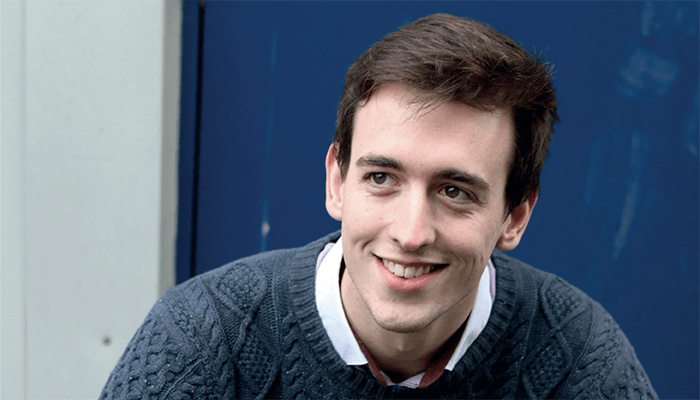How can we attract budding young scientists to analytical science? At 15, when I was asked (forced) to choose just a handful of subjects in which to specialize, I remember considering my career options and wondering how I could maximize my impact on the world. Naturally, I set out to cure cancer. This, as you might have guessed, didn’t quite work out. And despite an interest in chemistry (one of my chosen subjects), analytical science wasn’t remotely on my radar.
Nowadays, there’s an entire movement concerned with maximizing one’s positive impact, especially at work – where most of us spend most of our time – namely, effective altruism. There’s even an organization, called 80,000 hours (the average amount of time you’ll spend working during your career), devoted to helping people choose high-impact careers. Interestingly, biomedical research features among their list of high-impact areas, but analytical science is nowhere to be found.
Does analytical science have a PR problem?
Last year, Lutgarde Buydens argued that young people today value more than ever the prospect of doing something to benefit society in their work, asking, “Why not analytical science – with the prospect of saving the planet?”
For our May/June cover feature – you can download the digital issue here – Joaquín Rodríguez-López explains how electrochemistry holds the potential to expand renewable electricity with next-generation battery development, remove atmospheric carbon dioxide, and improve our understanding of the brain. Impactful enough?
Rodríguez-López also highlights the importance of interdisciplinary working in the electrochemistry field, which involves materials scientists, physicists, engineers, and – crucially – analytical scientists. In fact, this was also a central concern for Buyden, who set up EuroFAST to reorient the field away from its silos to focus on common problems, such as access to good health and food, clean water and air, and sustainability. We’ve also taken this on board with our upcoming Power List, which will highlight the impact of “Connectors and Interdisciplinarians” (the List will be unveiled in August).
To get students in the solution might be to get analytical scientists out – out into the wide world, working across disciplines, fixing important problems, and shouting about it! The more examples of impactful analytical scientists working on society’s most pressing problems, the greater the chance of a young but aspiring individual thinking: “What about analytical science?”





